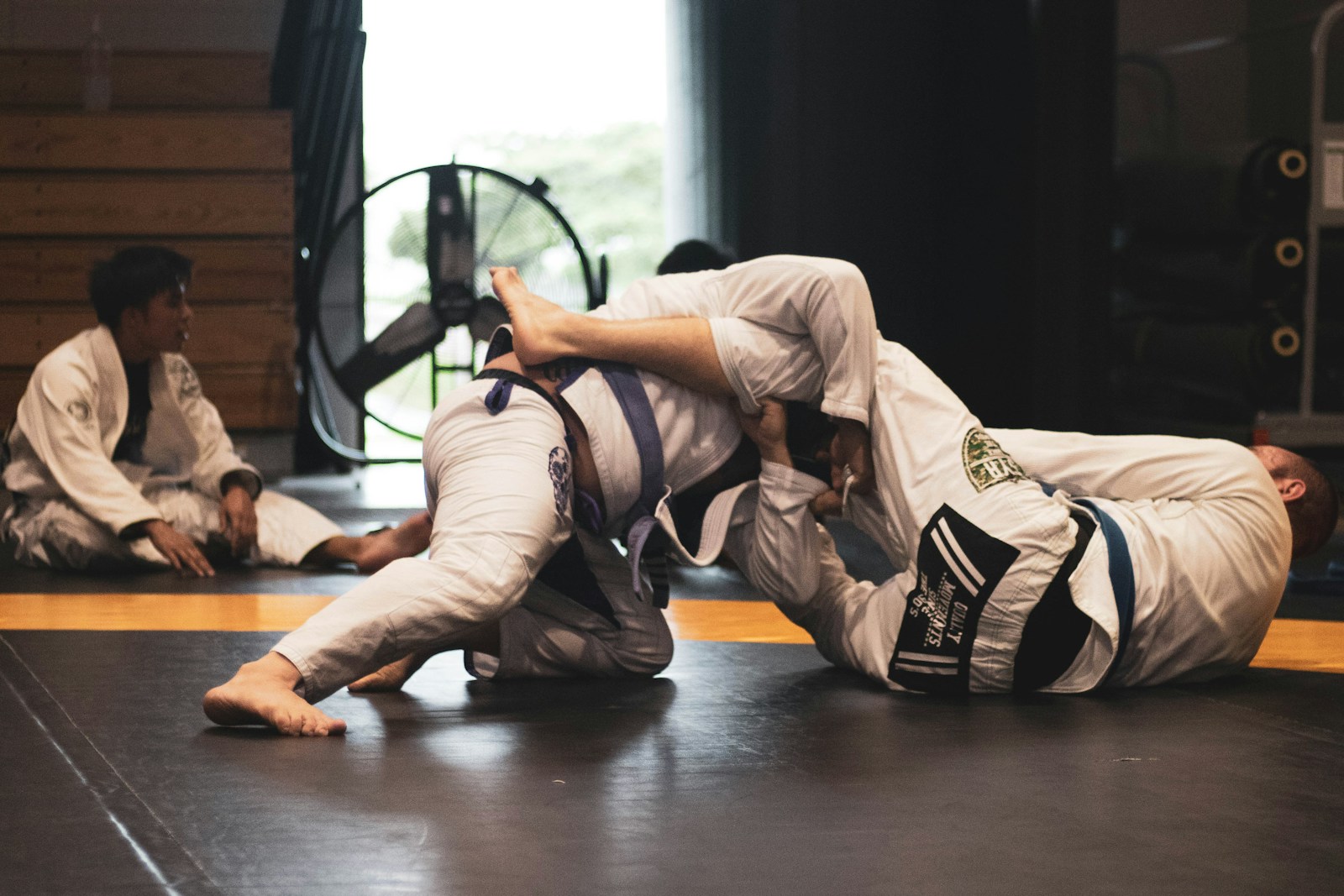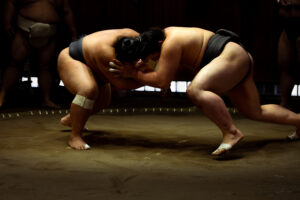Judo, a martial art that emphasizes the "gentle way," has captivated many around the globe with its blend of physical prowess, mental discipline, and philosophical depth. Originating from Japan, judo is not only a sport but also a way of life for its practitioners, known as judokas. To fully appreciate the nuances and sophistication of judo, it’s imperative to delve into its rich vocabulary, rooted deeply in Japanese culture and tradition. This article unlocks the door to understanding judo through its key terms, exploring the history, philosophy, and techniques that define this revered martial art.
Unlocking Judo: An Introduction to Its Terms
Judo, the "gentle way," is more than a martial art; it’s a philosophy, a way of life. To truly grasp the essence of judo, one must start with its language, deeply embedded in Japanese culture. The terms used in judo are not just names for moves or actions; they are imbued with history, philosophy, and meaning. Understanding these terms provides a deeper insight into the principles and values that judo promotes. From the respect shown by the bow, or "rei," to the judo practice space known as the "dojo," each term carries with it a weight of tradition and respect.
The History of Judo: A Japanese Martial Art
Judo’s roots can be traced back to the late 19th century in Japan, with its founder, Jigoro Kano. Kano sought to create a martial art that was both a physical and moral pedagogy. By refining the techniques from traditional jujutsu, he emphasized safety, efficiency, and the principle of "maximum efficiency with minimum effort." Kano named his martial art "judo" to reflect its philosophical foundation, making it not just a method of combat but a path to self-improvement. Judo’s introduction to the Tokyo Police force in 1886 marked its formal recognition, and its inclusion in the Olympic Games in 1964 solidified its global presence.
Understanding Judo: The Significance of Etiquette
Etiquette is the cornerstone of judo; it’s an expression of respect, discipline, and humility. The bow, or "rei," signifies gratitude and respect towards one’s opponent, instructors, and the dojo. This formality is not just traditional but instills a sense of responsibility and integrity in judokas. The etiquette extends beyond the mat, influencing the behavior of practitioners in their daily lives, promoting a judo way of life that respects all individuals and their surroundings. Understanding and adhering to this etiquette is fundamental for any judoka, marking their commitment to the judo community and its values.
The Judo Gi: More Than Just a Uniform
The judo uniform, or "gi," is symbolic, representing purity, simplicity, and functionality. It consists of the "jacket" (uwagi), "trousers" (zubon), and a "belt" (obi), each element designed to withstand the rigorous practice of judo techniques while maintaining comfort and mobility. The gi also serves as a leveling tool, reducing social and economic disparities among practitioners and focusing on skill and character. The color of the gi, traditionally white, symbolizes purity and the willingness to learn, with the recent inclusion of blue gis in competitions to distinguish competitors.
The Philosophy Behind Judo Techniques
Judo techniques, or "waza," embody the principle of "Seiryoku Zenyo" – maximum efficiency, minimum effort. This principle teaches judokas to use their opponent’s strength against them, leading to a deeper understanding of balance, timing, and leverage. The techniques are categorized into throwing techniques ("nage-waza") and grappling techniques ("katame-waza"), each requiring not only physical skill but also strategic thinking and adaptability. This philosophy encourages judokas to apply the principles learned on the mat to overcome challenges in everyday life, fostering a resilient and flexible mindset.
Judo’s Ranking System: Belts and Their Meanings
The judo ranking system, signified by the color of the belt, or "obi," serves as a roadmap of a judoka’s progress and skill level. Beginning with white, symbolizing purity and the starting point of the judo journey, to black, representing mastery and depth of knowledge, each color belt holds its significance and set of requirements. The ranking system is both a motivational tool and a way of preserving the tradition and integrity of judo, ensuring that practitioners earn their ranks through dedication, improvement, and respect for the martial art.
The Essential Vocabulary of Judo Explained
To navigate the world of judo is to understand its language. Terms such as "ippon" – the ultimate score signifying the perfection of a technique, "tatami" – the mats used in a dojo, and "sensei" – a teacher or instructor, are integral to judo practice. This vocabulary transcends communication, encapsulating the sport’s traditions, techniques, and ethos. Learning these terms is the first step in connecting with the heart of judo, fostering a deeper appreciation and respect for this martial art.
The Dojo: More Than a Training Space
The dojo is not merely a place to practice judo; it is a sacred space where the physical and spiritual meet. The term itself means "place of the way," emphasizing its role as a venue for learning and self-improvement. The dojo fosters a sense of community, discipline, and respect, embodying the ethos of judo. It is a space where judokas come together to refine their techniques, build character, and embody the martial art’s values, making it a cornerstone of the judo experience.
Kuzushi: The Art of Unbalancing in Judo
Kuzushi, or the art of unbalancing, is fundamental to executing judo techniques effectively. It involves breaking an opponent’s balance, making it easier to execute a throw or grappling technique. This concept goes beyond physical prowess; it requires timing, intuition, and an understanding of one’s opponent. Kuzushi reflects the strategic aspect of judo, emphasizing mental sharpness and adaptability. Mastering this art is essential for any judoka, highlighting the martial art’s depth and complexity.
Nage-Waza and Katame-Waza: Judo’s Core Techniques
Judo is based on two primary categories of techniques: Nage-Waza (throwing techniques) and Katame-Waza (grappling techniques). Nage-Waza involves techniques where one judoka lifts and throws another onto the mat, while Katame-Waza focuses on pinning, choking, and joint locking techniques on the ground. These techniques require a combination of physical strength, precision, and strategic thinking, embodying the essence of judo’s dynamic and adaptive nature. Mastery of these techniques is crucial for success in judo, reflecting the martial art’s balance between power and grace.
The Importance of Ukemi: The Art of Falling
Ukemi, or the art of falling safely, is as crucial as offensive techniques in judo. Learning to fall correctly minimizes the risk of injury and allows judokas to practice techniques with confidence and intensity. It teaches practitioners to embrace failure and learn from it, embodying judo’s philosophy of resilience and adaptability. Ukemi is not just a physical skill but a metaphor for handling life’s setbacks, underscoring judo’s role in developing not just martial artists but adaptable, resilient individuals.
Continuing the Journey: Advanced Judo Terms Explored
As judokas progress, they encounter more advanced terms and concepts, such as "Shiai" (competition), "Randori" (free practice), and "Kata" (pre-arranged forms). These terms represent deeper aspects of judo, involving strategy, refinement, and a deeper understanding of the martial art’s principles. Engaging with these concepts allows practitioners to continue their judo journey, exploring the art’s depth and broadening their skills and understanding. The journey of learning in judo is endless, with each term, technique, and practice session offering a path to self-improvement and mastery.
Unlocking judo through its key terms is a journey into a world where culture, philosophy, and physicality intersect. Each term, from the foundational "rei" to the complex "kata," offers insight into the martial art’s rich heritage and the values it espouses. For practitioners, these terms are more than just vocabulary; they are the essence of judo, guiding their practice, their interactions, and their approach to life’s challenges. As judokas continue to explore and embody these terms, they uphold the traditions of judo, ensuring its principles of respect, efficiency, and mutual welfare and benefit are passed on to future generations. In judo, every bow, throw, and fall carries with it centuries of tradition, making the mastery of its terms a bridge to both personal growth and a deeper connection to the martial art’s enduring legacy.








